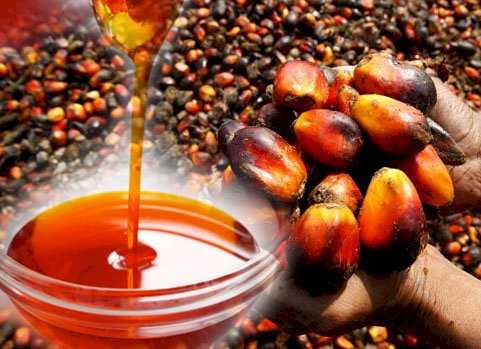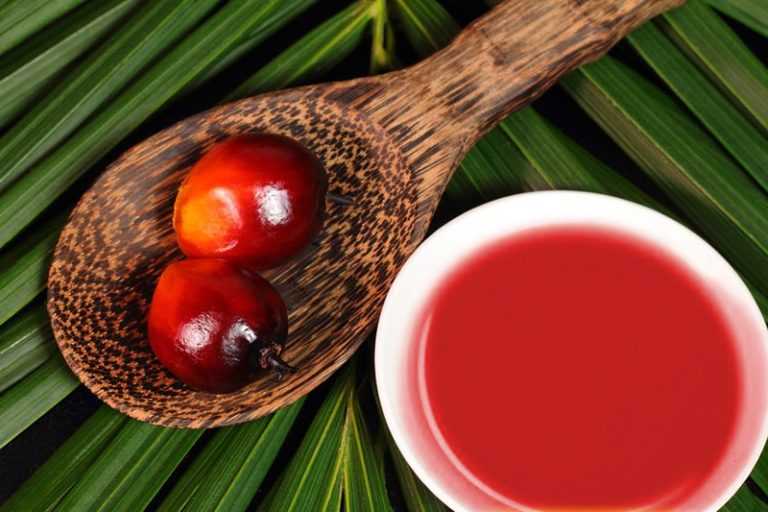Adulteration Of Palm Oil: 3 Ways You Can Identify One
Adulteration is the action of making something poorer in quality by the addition of another substance.
It can also be to corrupt, debase, or make impure by the addition of a foreign or inferior substance or element.
Especially to prepare for sale by omitting a valuable ingredient or by replacing more valuable ingredients with less valuable or inert and usually harmful ingredients or with ingredients different from those claimed.
Due to the recent increase in consumption of palm oil, its demand is outweighing consistent supply in Nigeria, adulteration has become imminent.
The widening gap has given way to adulteration with azo dyes, especially with Sudan III and IV dyes.
Why Adulterated Palm oil Is Bad
For crude palm oil, adulteration could lead to loss of quality and nutritive properties, loss of organoleptic attributes and overall degradation of the oil.
Adulteration in oil can cause diseases like cancer, paralysis, allergy , liver damage, cardiac arrest and epidemic dropsy; increase in serum cholesterol are other life risk diseases,”
Some sellers are guilty of the offense of mixing palmoil with chemical and water for their own selfish interest.
So as to increase the quantity and thereby making more sales and adding chemicals like Sudan III and IV Azo dyes to improve the color and make it more appealing to consumers.
These chemicals been constantly consumed can cause cancer and become poisonous to the system.
This dye colour poses a great risk of cancer, kidney failure and it may affect the liver when consumed by human beings because it’s carcinogenic.
Therefore, the essence of consuming the natural and original palmoil has been nullify.
How To Identify Adulterated Palm Oil
Research shows most Palm Oil purchased from the open market is adulterated, containing toxic and carcinogenic substances dangerous to health.
While it may be difficult to differentiate pure, unadulterated Palm Oil from fake, it’s not completely impossible. This post shows you how to identify adulterated Palm Oil.
The following steps will help you to identify adulterated Palm Oil:
1) Taste
If you grew up in an African village where roasting and eating palm seedling is common, you would most likely be able to differentiate fake Palm Oil from its taste.
It’s not easy to describe the taste in writing hence this may not be a great method for most people.
Read on how palm oil is processed
2) Color
Color can be a great way to differentiate quality Palm Oil but you can easily get deceived because of the popular use of Sudan-4 colourant.
Again, most Oil from the North is pure red while those down South are reddish-black color.
However, quality Oil would typically have two colors when bottled – a reddish-black top and reddish-yellow bottom.
The reddish-yellow comes from the fiber and Carroten elements which gives Palm Oil some of its acclaimed properties.
3) Smell
Like taste, this requires some experience, but a foul or dull smell is a major indication of a bad oil.
Read on Major Benefits of Palm Oil On Your Health
4) Buy Trusted Brands
As you can already guess, detecting fake Palm Oil is difficult and requires prior experience. One sure way of ensuring you are safe is to buy trusted brand Palm Oil – like Blossom Foods Palm Oil.
Our tamper-proof seal ensures that your safety is guaranteed from our mill to your cooking pot.
5) Check For NAFDAC Registration
National Food and Drug Administration and Control (NAFDAC) puts in stringent conditions to ensure that only serious manufacturers of Food items are approved.
To prevent the consumption of adulterated palm oil, it is best to buy from know food brand like Blossom Foods where we ensure every palm oil produced is void of any chemicals putting the health of customers into consideration.
Blossom Palm Oil is NAFDAC certified and on the shelves of several Suppliers in Lagos, Ogun and Osun States, and the FCT, Abuja. They are also in African stores in Diaspora, mostly as private labelling


